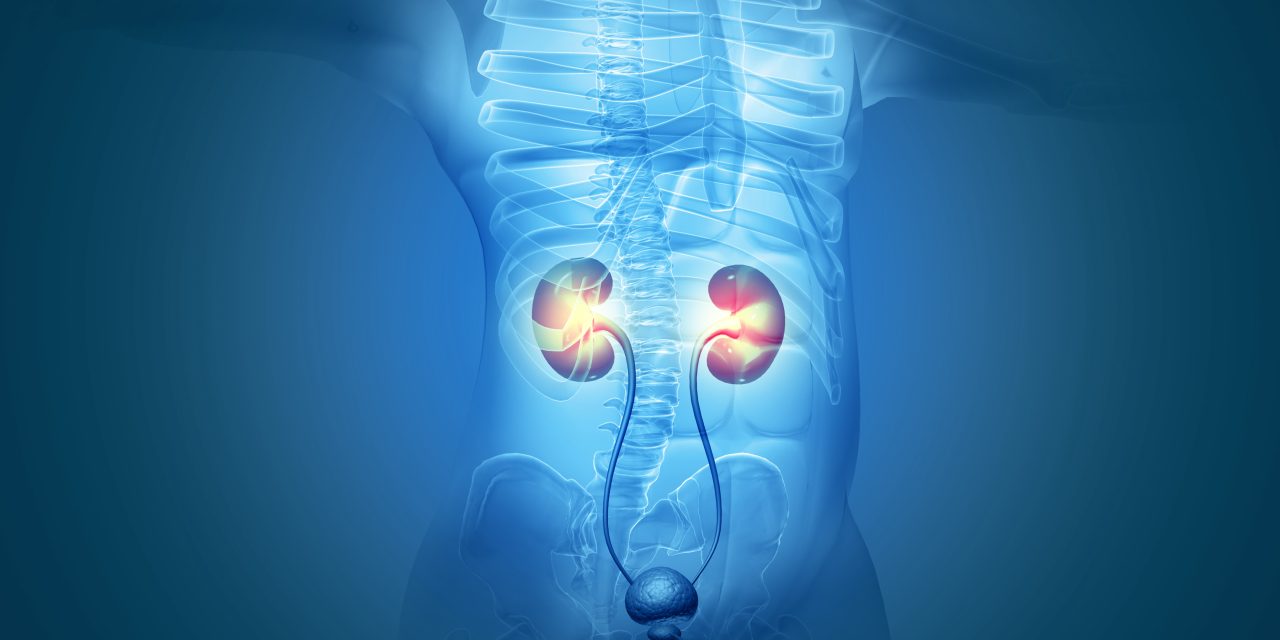To describe geographic and sociodemographic variations in operating hours and availability of medications commonly prescribed by pediatric urologists at Washington State retail pharmacies.
We identified all retail pharmacies in the state. We stratified counties by population density and household income (HI) and compared differences in pharmacy operating hours and availability of 10 commonly prescribed medications.
1057/1058 pharmacies were contacted. All pharmacies had liquid formulations of oxycodone, hydrocodone, ibuprofen, acetaminophen, amoxicillin, and trimethoprim-sulfamethoxazole in stock. Liquid formulations of ciprofloxacin (10%) and oxybutynin (14.3%) were uncommonly stocked, while 92.5% of pharmacies stocked nitrofurantoin suspension and 80.9% nitrofurantoin capsules. Statewide, 108 (10.2%) of pharmacies were closed on Saturdays and 297 (28.1%) closed on Sunday. More high (HPDC) than low population density (LPDC) (62.5% vs 0%, p<0.001) and high-HI than low-HI counties (62.5% vs. 0%, p=0.30) had 24-hour pharmacies. A larger proportion of pharmacies were open 7-days in HPDC than LPDC (75.6% vs 56.2%, p<0.0001) and in high-HI than low-HI counties (100% vs. 62.5%, p=0.30). The likelihood of a pharmacy being open 7 days/week was significantly higher in HPDC (versus LPDC; OR=13.2, 95% CI: 4.39-39.7) and high-HI (versus low-HI; OR=4.98, 95% CI: 2.58-9.60) counties.
Most pharmacies in Washington State carry medications commonly prescribed by pediatric urologists. However, retail pharmacy operating hours are widely variable and create geographic and temporal barriers in rural and poor areas that may limit the timely administration of prescription medication. Providers should consider a patient’s practical ability to fill a prescription when starting a time-sensitive medication.
Copyright © 2021. Published by Elsevier Inc.
Geographic Variations in Pharmacy Services and Availability of Commonly Prescribed Pediatric Urology Medications: An Opportunity to Improve Health Equity in Washington State.


